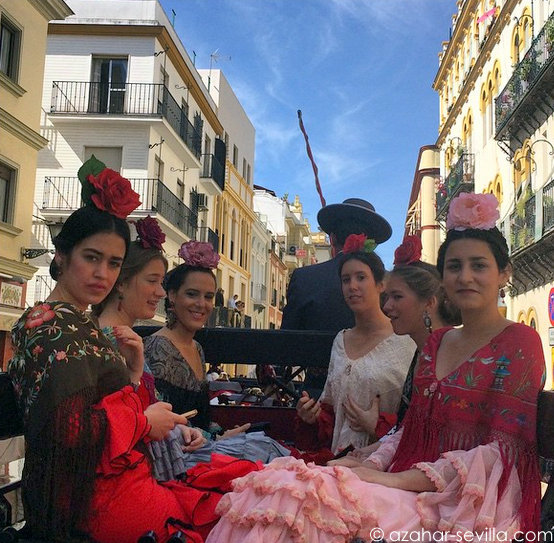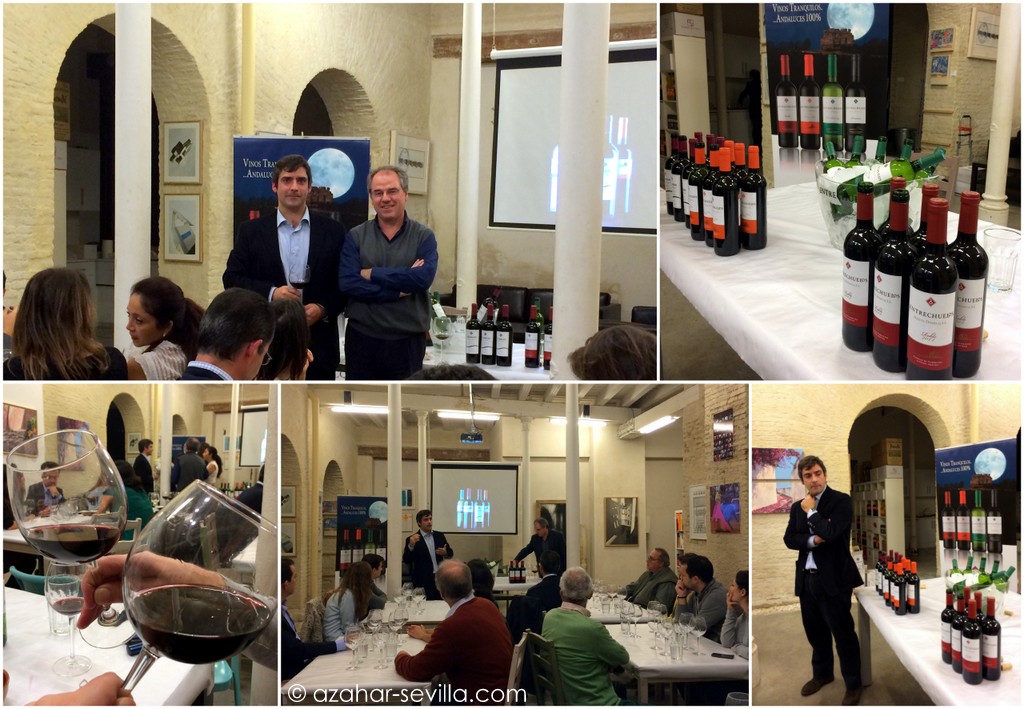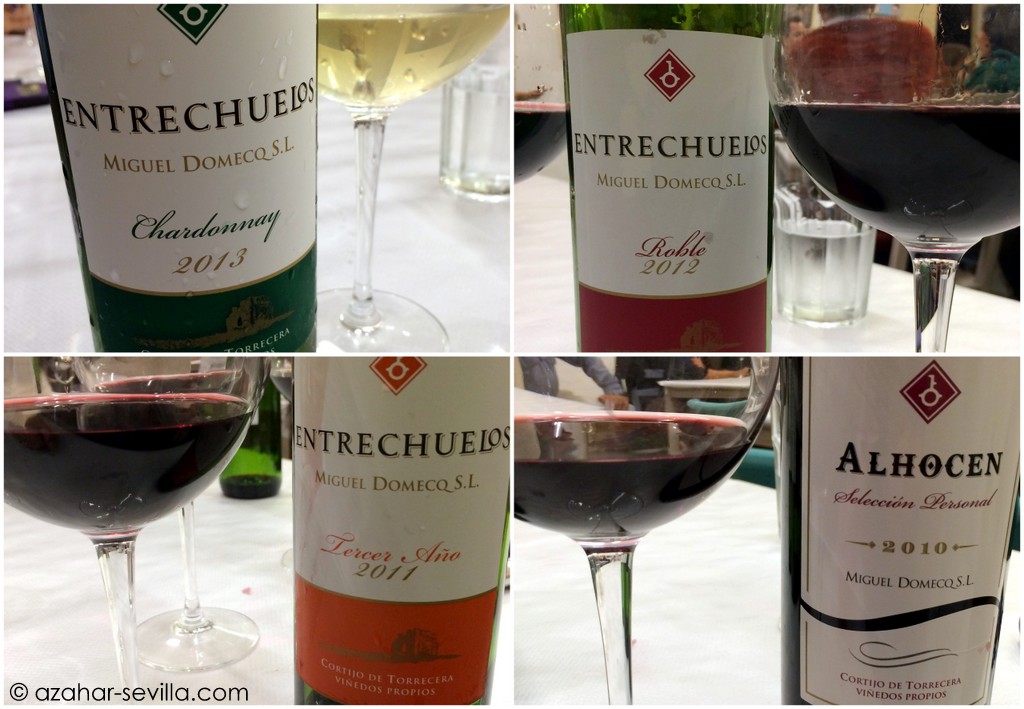A visit to the Reales Alcazares (Royal Palaces) of Sevilla and the gardens around them is a bit like stepping into a 1001 nights world of magic and make believe, or the set of a medieval fantasy TV series, with a timeless quality of a place set somehow outside the mundane world.

But appearances can be deceptive. The Alcazar is also a fortress, and for much of its history was the working centre of government and administration, a history that goes back to 913, when the Caliph of Córdoba established a residence and headquarters for his governor in Sevilla roughly in what is now the Patio de Banderas, protected by the walls that we still see in the Plaza Triunfo and Plaza de la Alianza. During the next four and a half centuries the Royal precinct underwent profound changes, with buildings and walls built, torn down, and replaced by others.
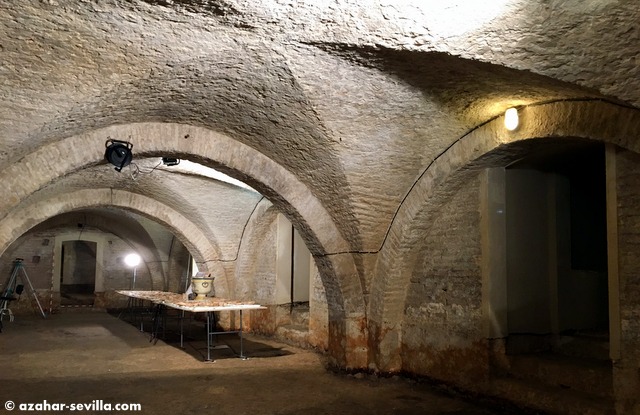
In the last couple of decades extensive archaeological work has been carried out in parts of the complex, such as the Patio de Banderas, to elucidate these developments. Work is currently going on beneath the Mudejar Palace of Pedro I, built in the 1340s in a style that blends Moorish and Christian elements together in the most stunning way. Not surprisingly, though, it wasn’t the first building on this site, being erected over the remains, and foundations, of a previous Moorish palace. Such sites are required to have some public access for educational purposes, and the basement of the Mudejar Palace is accordingly open for guided tours, which can be booked online every Saturday at 11 am and 12 noon while the work is going on. This was what I had come to see.

The tour started with a talk by one of the archaeologists on the history of the Alcázar, given in the formal gardens behind the palace, from where we went down into the basements. The area we were able to see seemed quite small, though its hard to judge size compared to the palace above, and we could see that the cellars extended at least as far as the Gothic Palace. It was orginally a storage area and, of course, much more basic than the palace, with brick walls and vaulted ceilings to support the weight above, in a rough hewn early Moorish style. There was also a substantial collection of recovered tile and pottery pieces laid out on tables, parts of the intricate abstract patterns of Moorish and Mudejar decoration.
It was certainly a different view of the palace, and a reminder of what may be going on behind the scenes. Worth doing, but you will need to speak Spanish, as the tour is primarily intended for locals, not tourists.
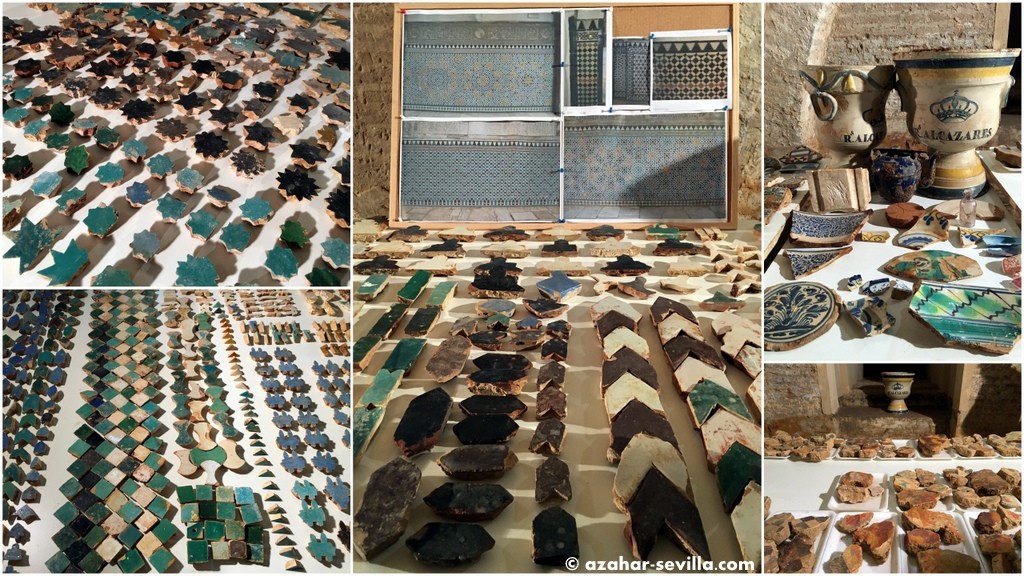

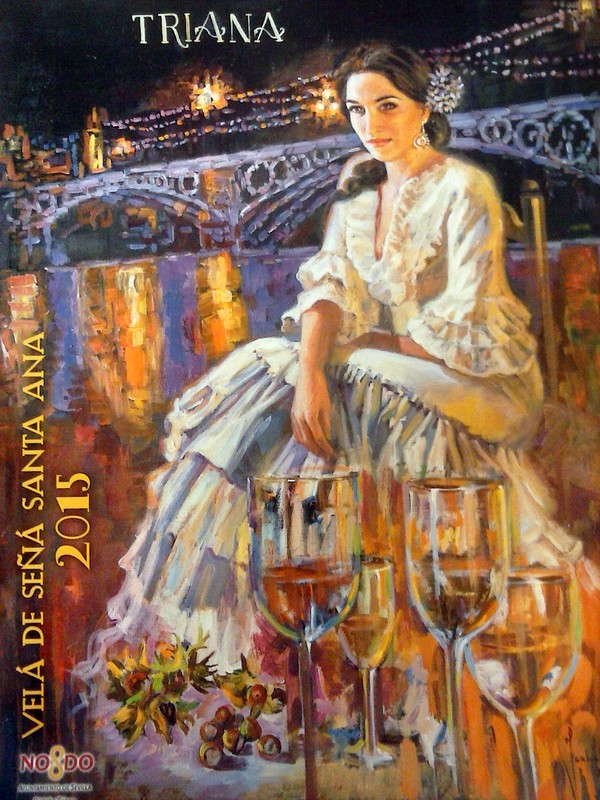 Triana’s biggest annual street party – the Velá de Santiago y Santa Ana – will be held next week July 21st – 26th with dozens of activities and concerts planned.
Triana’s biggest annual street party – the Velá de Santiago y Santa Ana – will be held next week July 21st – 26th with dozens of activities and concerts planned.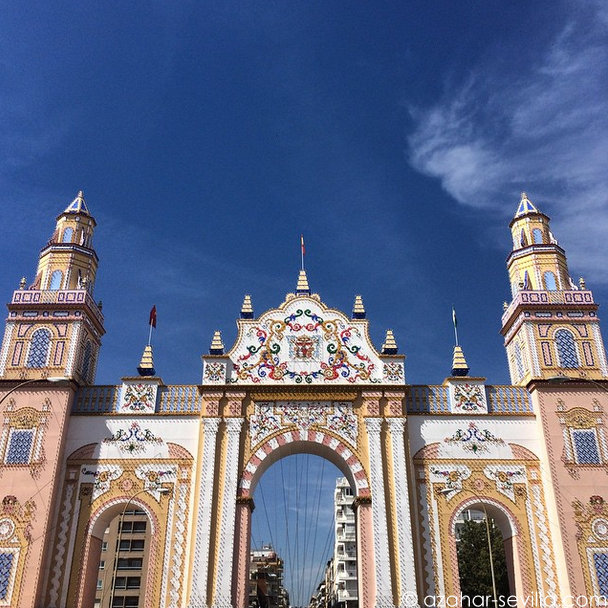 portada
portada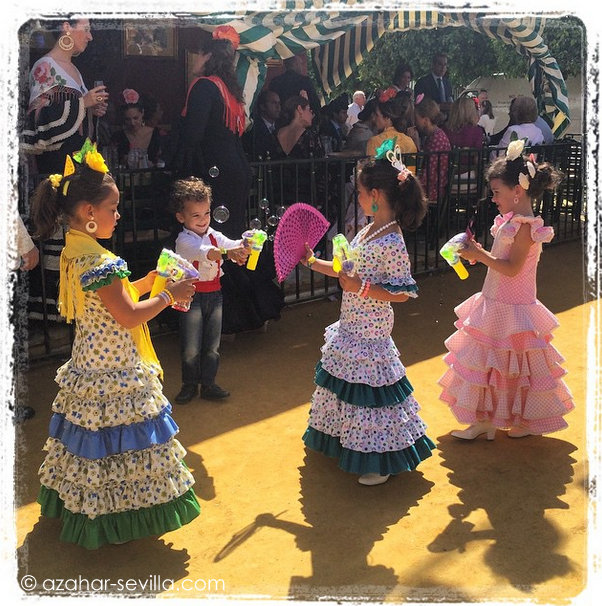 bubbles
bubbles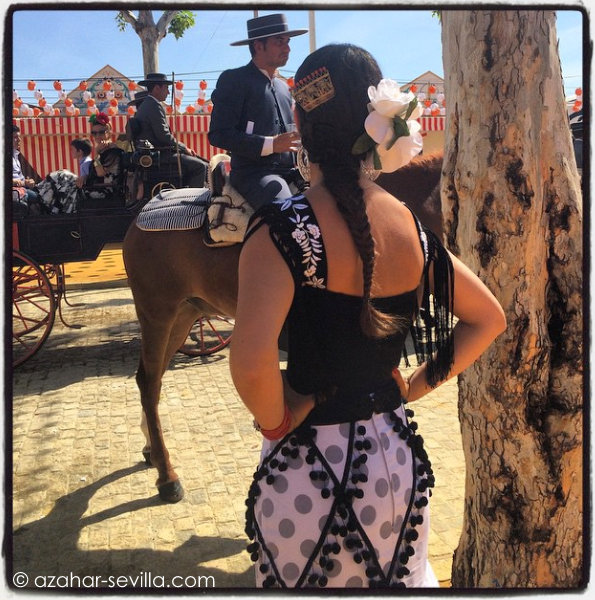 striking a pose
striking a pose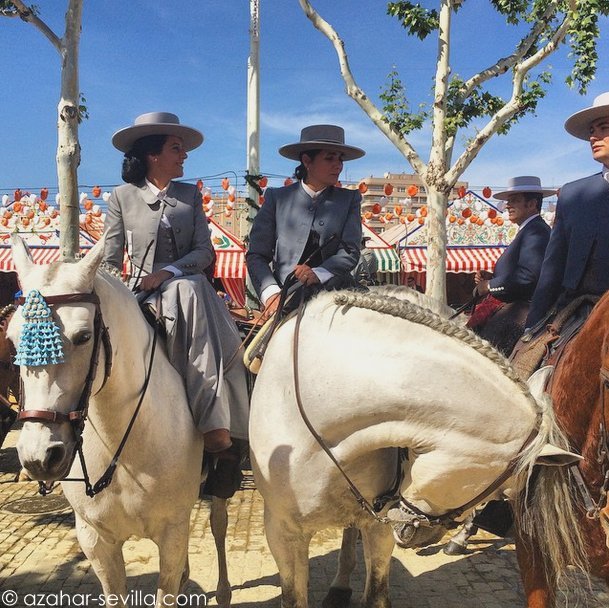 elegant amazonas
elegant amazonas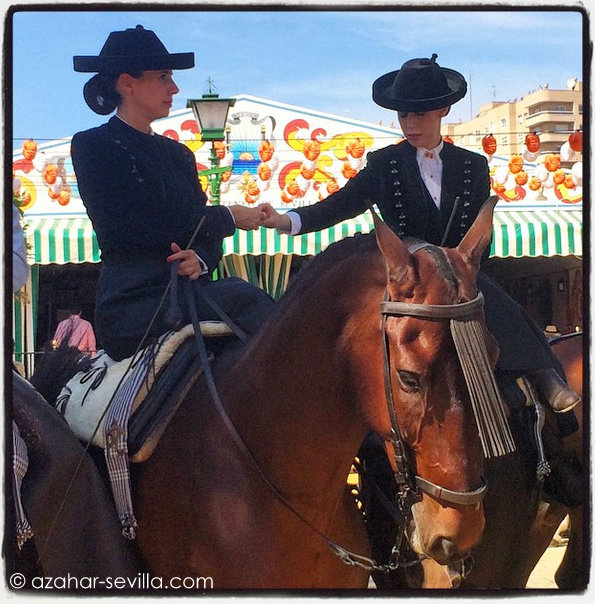 amazonas sharing lipstick
amazonas sharing lipstick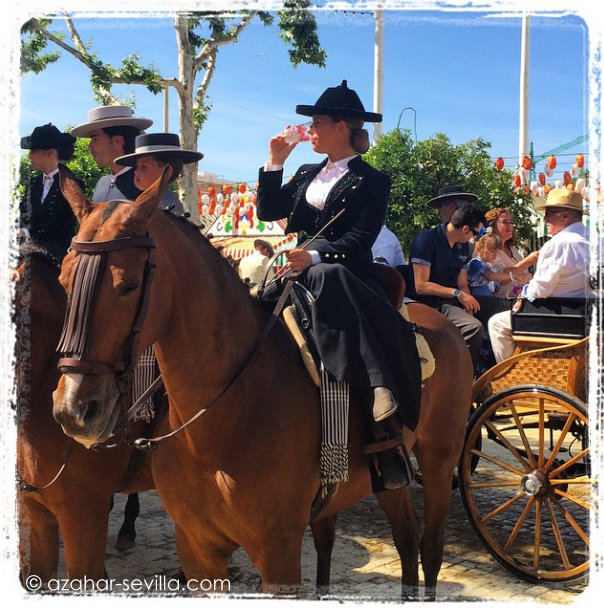 thirsty work being an amazona
thirsty work being an amazona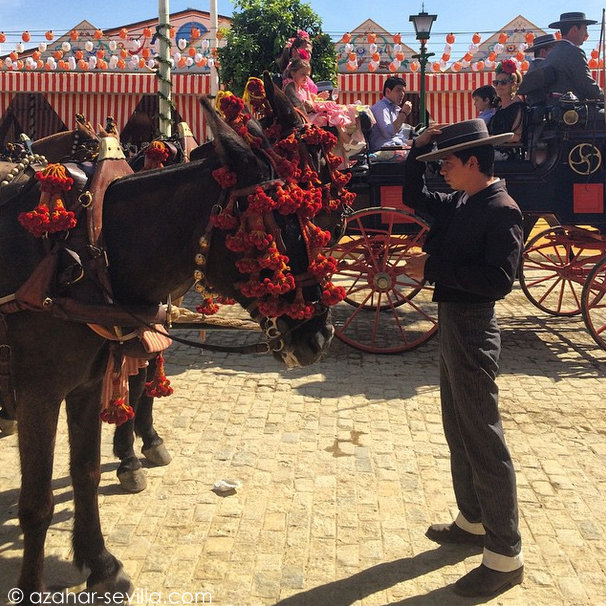 mutual respect
mutual respect standing having a cold beer (while others had VIP seating)
standing having a cold beer (while others had VIP seating) deceptively benign looking ride
deceptively benign looking ride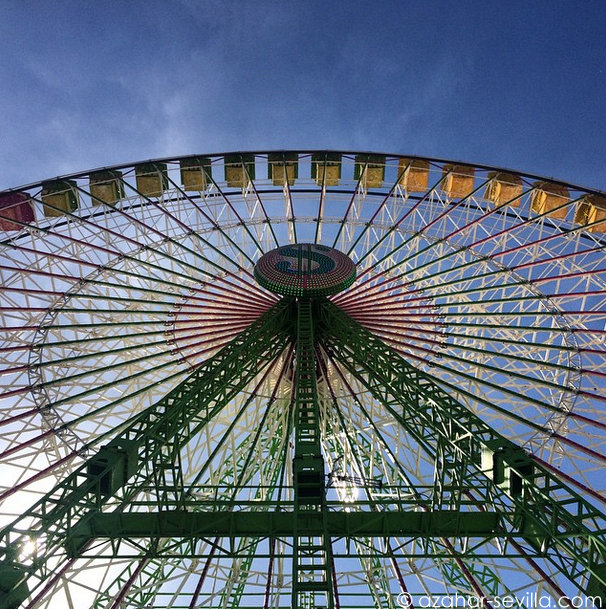 la noria
la noria … and you’re not invited. 😉
… and you’re not invited. 😉